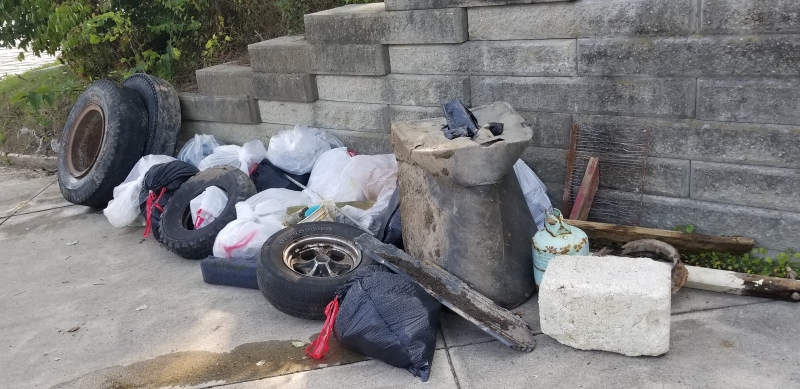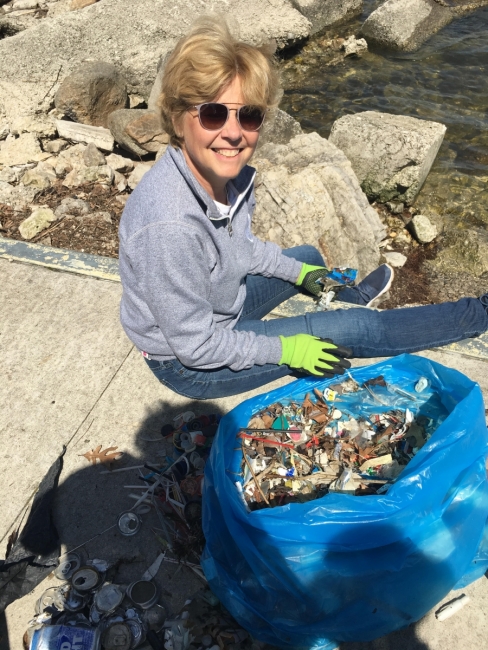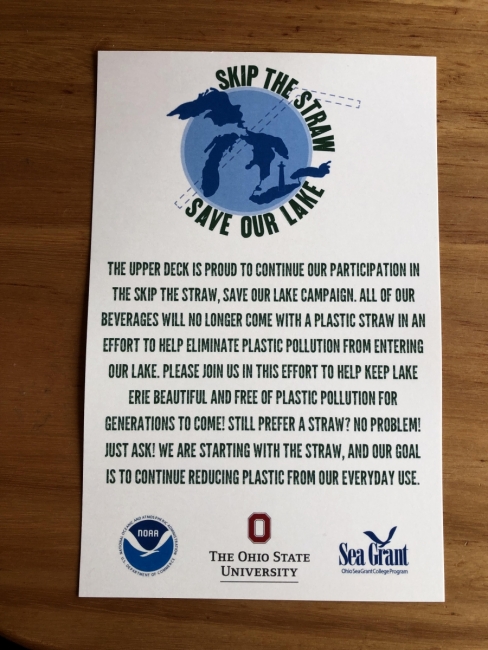
Although they don’t have salt water, the Great Lakes are vast, and can feel like small oceans. This connected series of lakes, Superior, Michigan, Huron, Erie, and Ontario, are the largest surface freshwater system on earth and account for 21 percent of the world’s supply. They shape the north coast of the United States, bordering eight states and the Canadian province of Ontario, for a total of 10,200 miles of coastline. That surpasses the East Coast of the U.S. (2,069 miles)! They are also home to urban centers, with over 30 million people living in the region who depend on the Great Lakes basin for water.

Unfortunately, this unique freshwater system is not immune to the issue of marine debris that we so commonly associate with the open ocean, and can even experience higher concentrations of debris due to the smaller size and increased wave activity of the lakes. Thankfully, dedicated partners in the region are working diligently to address plastics and microplastics, derelict fishing gear, abandoned and derelict vessels, and other debris through research, removal, and prevention efforts.
Prevention is especially important for targeting visitors to the region. With the support of a NOAA Marine Debris Program (MDP) Prevention Grant, The Ohio State University and Ohio Sea Grant, along with numerous community partners are tackling marine debris prevention with visitors to South Bass Island and the village of Put-in-Bay, Ohio. More than 800,000 people visit South Bass Island every year, which can generate a significant amount of marine debris around the island and in Lake Erie. Single-use beverage containers, straws, and cigarettes are some of the top trash items found during beach cleanups. Focusing on preventing these items from entering the environment, through education and changing behaviors of tourists, will benefit both the natural environment and the tourism industry by keeping island beaches and natural areas free from debris.
For the marine debris already in the environment, removal efforts are equally important. Through the support of a NOAA MDP Removal Grant, Partners for Clean Streams is working with community partners and volunteers to remove at least 30,000 pounds of marine debris from the Maumee River and other tributaries and rivers in the greater Toledo, Ohio area. The Maumee River and Maumee Bay in Lake Erie are home to valuable habitat for important recreational and commercial fish species, such as walleye, white bass, and yellow perch. By removing debris, this project is preventing negative impacts to these valuable fishery habitats. Check back on our blog to hear more on this project later this week!

This work, and other projects around the region, are being accomplished by amazing partners who are committed to tackling the marine debris issue. We are proud to be a part of keeping the Great Lakes free of debris!


